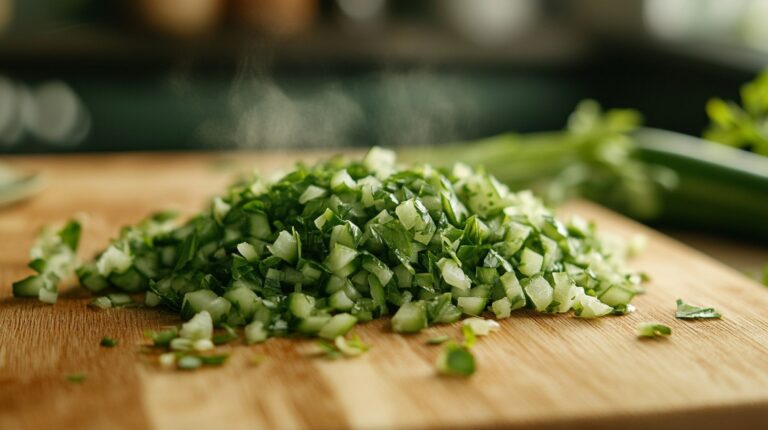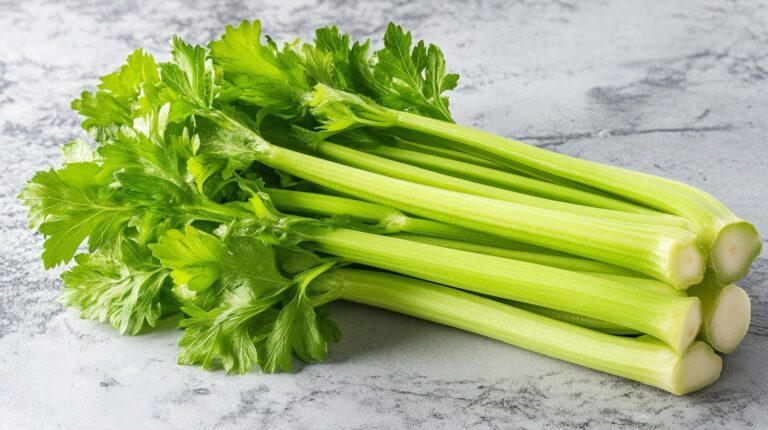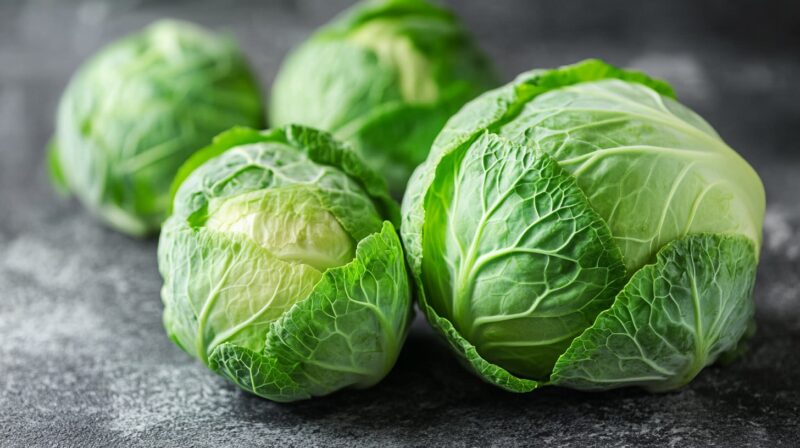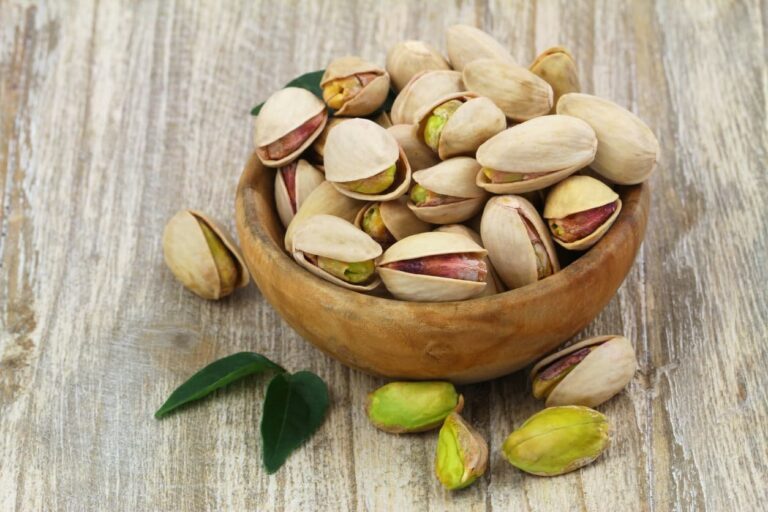Cabbage is a versatile and nutrient-dense vegetable that provides a wealth of vitamins and minerals. It is widely used in various dishes, from soups and salads to fermented foods like sauerkraut.
Given its health benefits and broad culinary applications, many people opt to store cabbage for extended periods, especially after a harvest or a bulk purchase.
Proper long-term storage not only prevents waste but also ensures that cabbage remains a staple ingredient in the kitchen year-round.
Preparing Cabbage for Freezing
Freezing cabbage is one of the most effective methods to preserve its freshness, flavor, and nutritional value. However, proper preparation is essential to ensure the vegetable remains of high quality after being frozen.
Here’s a step-by-step guide to help you prepare it for freezing:
1. Selecting the Right Cabbage
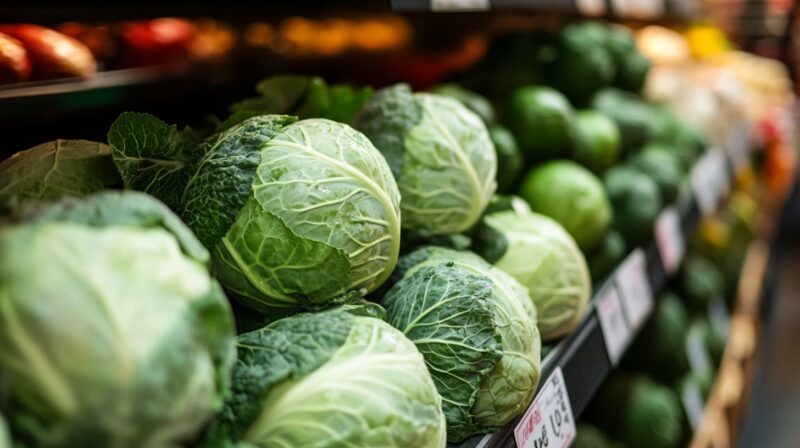
The first step in the freezing process is choosing the right cabbage. Select solid, firm heads with no signs of wilting or damage. Avoid any heads with yellowing or soft spots, as these can affect the quality during freezing.
Once you’ve selected your cabbage, remove any damaged or wilted outer leaves to ensure only the best parts are preserved. This ensures that the vegetable will maintain its flavor, texture, and appearance after freezing.
2. Blanching Process
Blanching is a critical step in the freezing process. It helps to preserve the color, texture, and nutritional value by halting the enzyme activity that can cause spoilage. To blanch cabbage, bring a large pot of water to a rolling boil. Submerge the cabbage for 1.5 minutes.
This brief exposure to heat stops the deterioration process while keeping the cabbage vibrant and fresh. Once the blanching time is complete, immediately transfer the cabbage into a bowl of ice water. This will halt the cooking process and lock in the freshness.
3. Cutting and Shredding the Cabbage
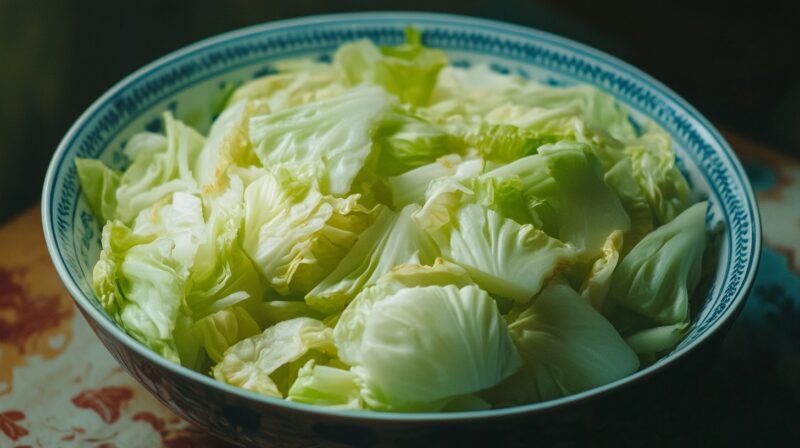
After cooling the cabbage in ice water, you can prepare it for storage based on your preference and how you plan to use it. If you’re planning to use the cabbage for soups, stews, or casseroles, medium to coarse shreds work well.
These sizes retain some firmness and texture after cooking. If you prefer using cabbage in salads or for specific recipes, thin wedges or shreds may be more suitable. For Chinese cabbage, you can either separate the leaves or cut them into strips, depending on your intended use.
4. Draining and Packaging
Before freezing, it’s important to thoroughly drain the cabbage to prevent ice crystals from forming during freezing. Once drained, pat the cabbage dry with a clean towel or paper towel. Proper packaging is essential to avoid freezer burn, so use freezer-safe containers or heavy-duty freezer bags.
When packaging, leave about ½ inch of headspace in the container or bag to allow for expansion as it freezes. The extra space prevents any damage to the packaging and ensures that the cabbage maintains its quality.
5. Labeling and Freezing

Finally, don’t forget to label your containers or bags with the date before placing them in the freezer. This allows you to keep track of when the cabbage was frozen and ensures you use the oldest batches first.
Properly frozen cabbage can last up to 12 months in the freezer, providing a convenient and nutritious addition to your meals throughout the year.
The process can be similar for many different vegetables, celery for instance.
Dehydrating Cabbage
Dehydrating is a great way to extend the shelf life of this vegetable, offering convenience and versatility, especially for soups, stews, or casseroles. The process begins similarly to freezing, by selecting firm heads, removing damaged leaves, and blanching.
Blanching not only helps to retain the vegetable’s color and texture but also speeds up the drying process.
Once blanched, cut the vegetable into strips or shreds; smaller pieces will dehydrate faster. Arrange them evenly on dehydrator trays, ensuring air can circulate freely. Set the dehydrator to 140°F (60°C) and allow it to run for 10-12 hours.
The result should be dry and brittle pieces, ready for long-term storage.
Store in airtight containers or vacuum-sealed bags to protect from moisture. When kept in a cool, dark place, they can last for several months.
Rehydration is simple: just soak in warm water for a few minutes before adding to recipes.
Alternative Long-Term Storage Methods
If freezing isn’t your preferred option, there are several alternative methods for long-term storage. Here are some effective ways to keep vegetables fresh for extended periods:
Refrigerator Storage
One common method is refrigeration. To store it in the fridge, place the vegetable in the crisper drawer or wrap it in plastic bags to retain moisture.
When properly stored, it can stay fresh for up to two months, depending on the variety.
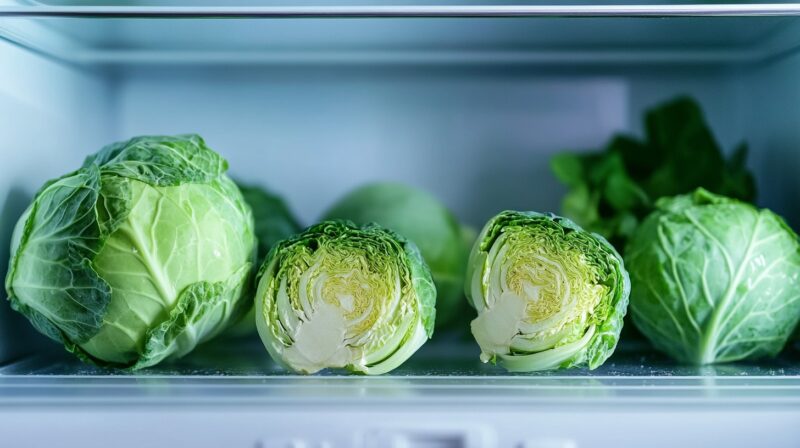
Root Cellar Storage
This traditional method is highly effective for maintaining freshness. It works best in environments with high humidity and temperatures between 32°F and 40°F (0°C and 4°C).
A root cellar provides the perfect conditions for preserving freshness for several months, making it ideal for those who grow their own or buy in bulk.
Garden Trench
For those with outdoor space, storing it in a garden trench is another option.
Dig a shallow trench, line it with straw, and cover the vegetable with additional straw layers to insulate it from cold weather.
The Bottom Line
There are multiple ways to preserve cabbage for long-term storage, including freezing, refrigerating, root cellar storage, and dehydrating.
Each method has its benefits depending on the available space and resources.
Regardless of the method chosen, cabbage remains a highly nutritious and flexible ingredient, offering endless possibilities in the kitchen.



